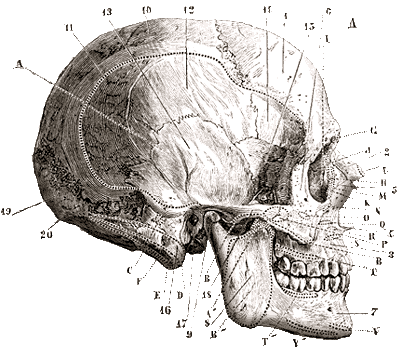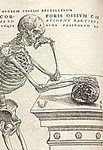Evaluating bacterial pathogen DNA preservation in museum osteological collections
4:26:00 PM
No comments
Ian Barnes1,2,* and Mark G. Thomas1
1Department of Biology, University College London, Gower Street, London WC1E 6BT, UK
2School of Biological Sciences, Royal Holloway, University of London, Egham, Surrey TW20 OEX, UK
Proc. R. Soc. B (2006) 273, 645–653
doi:10.1098/rspb.2005.3339
Published online 13 December 2005
1Department of Biology, University College London, Gower Street, London WC1E 6BT, UK
2School of Biological Sciences, Royal Holloway, University of London, Egham, Surrey TW20 OEX, UK
Reports of bacterial pathogen DNA sequences obtained from archaeological bone specimens raise thepossibility of greatly improving our understanding of the history of infectious diseases. However, the survival of pathogen DNA over long time periods is poorly characterized, and scepticism remains about he reliability of these data. In order to explore the survival of bacterial pathogen DNA in bone specimens, we analysed samples from 59 eighteenth and twentieth century individuals known to have been infected with either Mycobacterium tuberculosis or Treponema pallidum. No reproducible evidence of surviving pathogen DNA was obtained, despite the use of extraction and PCR-amplification methods determined to be highly sensitive. These data suggest that previous studies need to be interpreted with caution, and we propose that a much greater emphasis is placed on understanding how pathogen DNA survives in archaeological material, and how its resence can be properly verified and used.
Keywords: ancient DNA; tuberculosis; syphilis; bone; evolution; medicine .
Proc. R. Soc. B (2006) 273, 645–653
doi:10.1098/rspb.2005.3339
Published online 13 December 2005
Subscribe to:
Comments (Atom)















